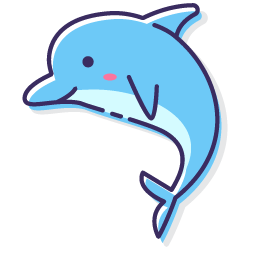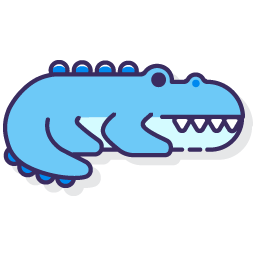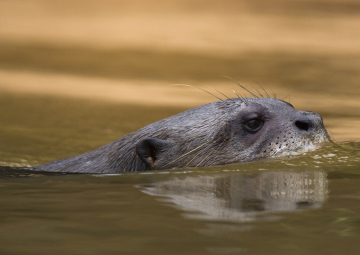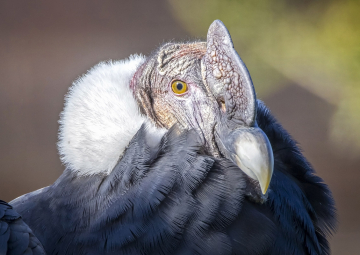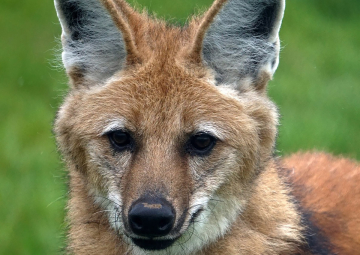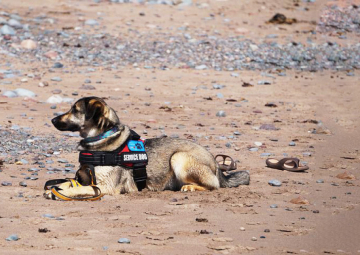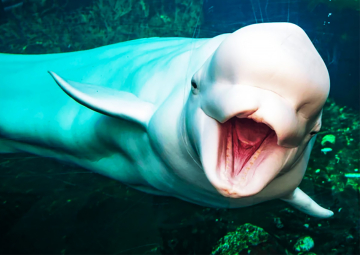Marine mammals
Lung function in walruses

Alicia Borque Espinosa, Biologist and pre-doctoral researcher at the University of Valencia and the Oceanogràfic Foundation. His research work focuses on the study of the physiology of the respiratory system in different species of marine mammals, with the aim of improving conservation efforts to help protect these animals in their natural environment.
Voluntary spirometry to understand lung function in walruses
Marine mammals have acquired a series of morphological (or anatomical) adaptations that have given them the ability to inhabit the aquatic environment, and that allow us to easily differentiate them from their terrestrial congeners. These adaptations are not only external, but extend to many different levels such as the internal anatomy, or the functioning of different organs and systems. Knowing in detail the particularities of these adaptations allows us to understand how these species work in an environment so different from ours much better.
For example, although we cannot distinguish it with the naked eye, the respiratory system of marine mammals has also been modified throughout its evolutionary history! These animals have structures and components very similar to the respiratory system of terrestrial mammals (breathing holes, trachea, bronchi, lungs, etc.), but marine mammals have developed a number of peculiarities that need our special attention.
Why is the study of lung function important?
The lungs are responsible for oxygen exchange, but during immersion, these air-filled compartments suffer the consequences of the high pressure of the water column and are compressed. However, it is precisely the particular anatomy and functioning (or physiology) of the respiratory system in these animals that allows a very effective exchange of air, or which can be submerged to great depths without the lungs suffering any pressure-related problems.
Therefore, knowing how the lungs of marine mammals work helps us to understand not only their diving abilities, but also their own limitations. In addition, these studies allow us to better understand how it affects lung capacity, for example, a situation of stranding or respiratory diseases.
How is lung function studied?
In humans, the study of lung function is done on a regular basis in hospitals to assess possible diseases of the respiratory system. The most common procedure is the spirometry, a test in which doctors ask patients to perform a series of breathing manoeuvres (filling the lungs to the maximum, expelling the air with force, etc.). These tests measure parameters such as the volume or flow (volume divided by time) of inhaled or exhaled air and, based on the values obtained and the calculation of specific indices, doctors determine the health status of patients.
But is it also possible to use spirometry in marine mammals? Well, as usually happens in the veterinary world and, especially in the small world of exotic animals, we have to look for the formula to adapt what we already have to help the animals we want. In this case, Dr. Andreas Fahlman and Alicia Borque Espinosa, researchers of the Oceanogràfic Foundation of the Valencian Community (Spain) and co-authors of the study we are going to talk about in this article, have carried out a project in collaboration with engineers and veterinarians, which has enabled them to develop and adapt equipment to perform spirometries on different species of marine mammals.
Thanks to this work, we have been able to measure the lung function of many species that had no previous information, from sea lions to belugas! One of these species is the Pacific walrus.
Did we know lung function in walruses?
Prior to this project, only the anatomy of the respiratory system had been studied in walruses. That’s why we, along with Dr. Romana Capaccioni Azzati of the University of Valencia (Spain), wanted to broaden the knowledge of this species through the study of its lung function through the use of spirometries. A very important feature of the spirometry is that it is a non-invasive test that allows data to be obtained without adding a discomfort component to the animals.
In addition, to carry out this research we have the help and collaboration of specialists in the care of walruses that, through their training work, were able to teach these animals how to perform spirometries in order to obtain the data we needed.
Spirometry training in walruses
This collaborative project between research and training was carried out with three adult females of Pacific walrus (Odobenus rosmarus divergens) who were at the facilities of the Oceanogràfic (Spain). We present the protagonists of our story: Petruska, Ninotchka and Tanya:

The team of specialists in charge of the care of the three walruses, among which was Diana Ferrero Fernández (also co-author of this study), worked in close coordination with the researchers in order to achieve the objectives of the project. Thanks to a previous period of desensitization to the teams and training to perform the desired respiratory manoeuvres, the trainers managed to get the walruses to perform spirometries while breathing normally or spontaneously, and even providing maximum breaths!
We only needed to place a spirometer specially designed for them, with surfaces soft so as not to cause any erosion in the skin, on their “snouts”. In this way, and as shown in the photograph, we were able to measure pulmonary function parameters such as volume or flow.

The specialists in the care of walruses were fundamental, as they made spirometries a more interesting activity for animals. The walruses performed spirometries in three positions: sitting and resting on their pectoral flippers, lying down, and with the body submerged in water, because we wanted to know if there were changes in lung function that were related to the body position or the environment in which the walruses were found.
Study results
Thanks to the collaboration of Petruska, Ninotchka and Tanya, we now know that, as with other marine mammals, the volume of air these animals breathe is much greater than would be expected for a land mammal of their size! Also, our three walruses presented a higher level of flexibility in the lungs than land mammals, as had also been seen previously in other species of marine mammals.
These adaptations, along with other particularities of the lung system, are what allow air exchange in these animals to be so effective. In addition, the respiratory flow was lower when the walruses were lying compared to when they were submerged in water, showing that this factor is important when studying lung function.
Importance of synergy between research and training
The collaboration between researchers and specialists in the care of walruses has been fundamental to carry out this research project. Thanks to the mutual and constant communication, the study has been carried out following fundamental animal welfare criteria, both for the animals themselves, and for the quality of the results obtained. In addition, the training of this type of behavior, whose delicacy is very similar to that of veterinary training, also provides a unique enrichment to the animals that collaborate with us.
Animals such as Petruska, Ninotchka and Tanya are helping to understand the abilities and limitations of their peers under controlled situations. Knowing these limitations allows us to assess the level of risk of these species in their natural environment. For example, if their main prey is moved to greater depths by changes in the environment, will marine mammals be able to reach them without problems? This type of off-site science provides important opportunities to bring new knowledge to help the conservation of our natural environment and its inhabitants. Thank you Petruska, Ninotchka and Tanya for making it possible.
The results of this study can be consulted at the following link "www.doi.org/10.1242/jeb.227389" or on request by email:
The authors of this study wish to convey our immense gratitude to the entire team of specialists (those who were and those who are) who, with so much patience and determination, managed to convey to Petruska, Ninotchka and Tanya everything we needed to help conserve this species.
If you want to know more research and conservation projects related to marine mammals, we invite you to visit the social networks of our laboratory Global Diving Resarch Inc
We will keep you updated!
Many thanks to WeZooit team for sharing our work with all their followers!







